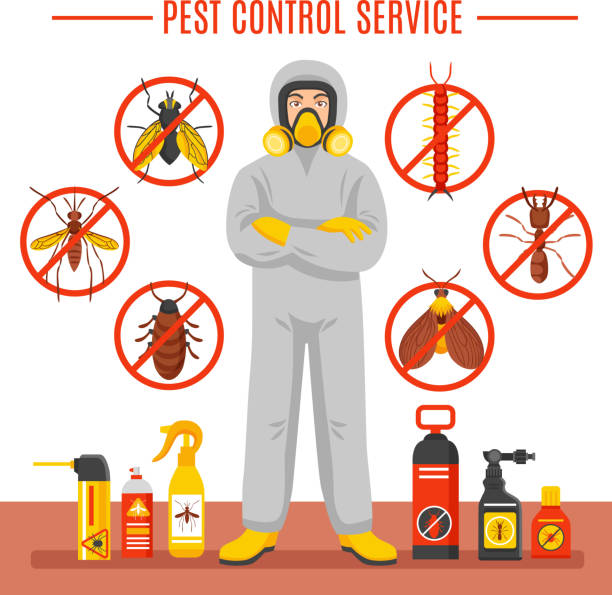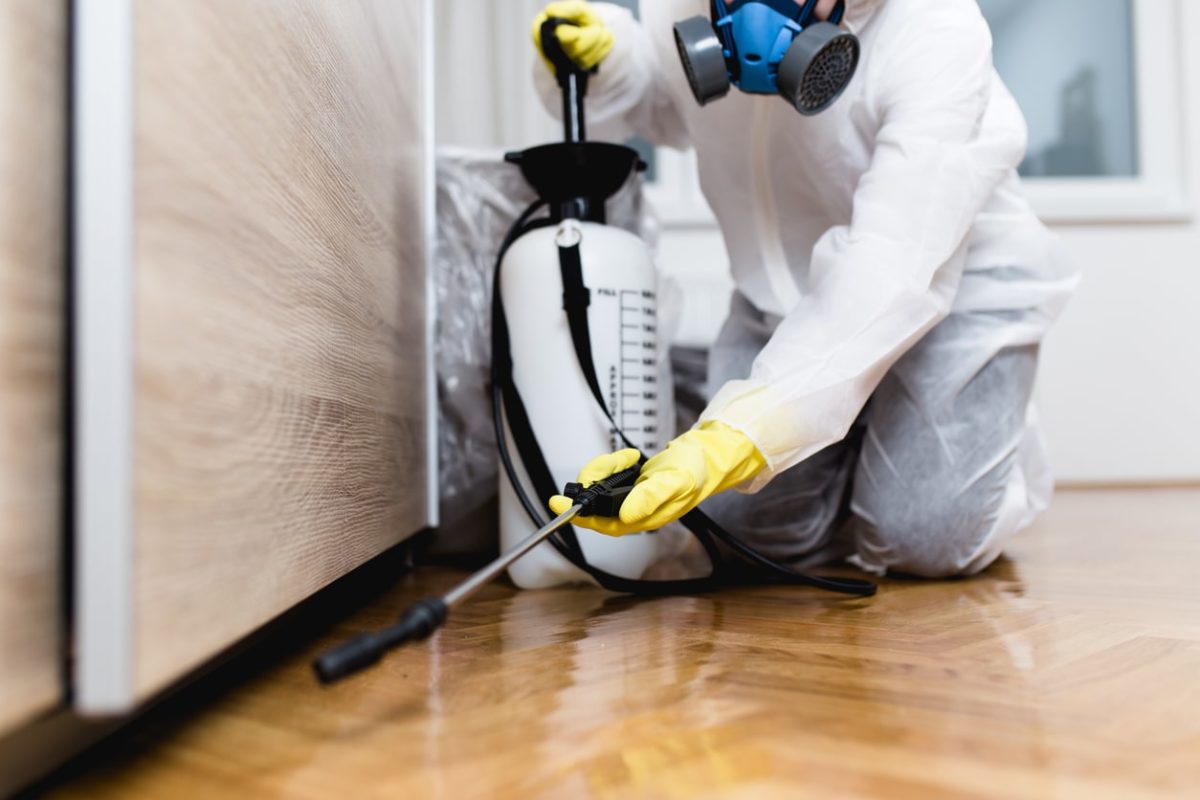Discovering Infestation and Treatment Techniques worldwide of Bug Control
The landscape of bug control encompasses a myriad of obstacles, particularly as invasions of usual home parasites proceed to develop. By incorporating preventive steps with sophisticated monitoring techniques, such as Integrated Insect Monitoring (IPM), homeowners can better protect their atmospheres.

Common Family Vermin
When it concerns managing our living areas, recognizing common home bugs is essential. These insects not just disrupt our comfort but can likewise position health and wellness dangers and damage residential property. One of the most widespread family bugs consist of ants, cockroaches, rodents, termites, and bed bugs.
Ants, typically seen foraging in kitchen areas, can contaminate food and establish large swarms. Roaches, understood for their durability, can set off allergies and spread pathogens. Rats, consisting of mice and rats, can cause structural damages and bring illness like hantavirus and salmonella. Termites, frequently referred to as "quiet destroyers," can jeopardize the stability of wooden frameworks, resulting in expensive repairs. Bed insects, although not condition providers, can trigger considerable discomfort with their attacks and result in mental distress.
Recognizing the indicators of these bugs, such as droppings, nests, or bite marks, is crucial for early intervention (Pest Control Lockhart). Appropriate sanitation techniques, sealing access points, and keeping a clutter-free environment are reliable preventative procedures. By identifying these typical household bugs and understanding their habits, homeowners can take aggressive steps to alleviate problems, making sure a healthier living setting
Understanding Bug Infestations
Pest invasions can rise rapidly, transforming a small inconvenience right into a significant issue otherwise addressed immediately. Recognizing the nature of these infestations is vital for reliable management. Bugs can attack residential and commercial areas for numerous factors, including the search for food, shelter, or reproducing premises. Usual factors contributing to invasions consist of inadequate sanitation, structural vulnerabilities, and seasonal modifications that drive parasites inside.
Recognizing the kind of parasite is essential, as different varieties show diverse actions and reproductive prices. Rodents may develop nests in surprise locations while bugs like cockroaches thrive in wet settings. Early discovery typically depends upon recognizing indicators such as droppings, munch marks, or uncommon sounds, which can indicate a trouble before it ends up being severe.
Environmental conditions also play an essential duty in bug proliferation. Cozy, damp climates can facilitate the quick growth of pest populaces, while modifications in landscaping or building and construction can unintentionally create helpful atmospheres. Regular assessments and preventative steps are extremely important to alleviating the risk of invasions. An informed technique to understanding these dynamics lays the foundation for efficient parasite administration approaches in the future.
Therapy Methods and Methods
Efficient therapy methods and techniques are necessary for minimizing pest invasions and bring back a secure setting. A multifaceted method is commonly best, including chemical, organic, and mechanical strategies tailored to the particular bug and the intensity of the problem.
Chemical therapies consist of making use of insecticides and herbicides, which can effectively eliminate insects. Correct application and adherence to safety and security standards are critical to minimize threats to human beings and non-target microorganisms. Integrated Parasite Monitoring (IPM) urges the cautious usage of chemicals as a last hope, counting rather on tracking and limit degrees to figure out treatment requirements.
Biological control approaches include introducing all-natural predators or bloodsuckers to minimize insect populaces. This technique is increasingly preferred, especially in agricultural setups, as it promotes ecological sustainability.
Mechanical methods, such as catches and barriers, give instant remedy for bugs without introducing chemicals. Alternatives include sticky catches for insects or physical obstacles for visit our website rodents.
Eventually, the choice of therapy method must consider the certain insect, the environment, and possible effect on human wellness and ecological communities. A balanced combination of these approaches can successfully handle invasions while promoting long-lasting pest control remedies.
Safety Nets for Homes
Proactively attending to pest problems prior to they rise is important for preserving a healthy and balanced home environment (Pest Control Lockhart). Carrying out reliable preventive procedures can significantly decrease the probability of problems, ultimately protecting both your property and well-being

Appropriate landscaping also plays an important function in prevention. Keeping shrubs and trees trimmed away from your home reduces the opportunities of parasites locating their means inside. Moreover, make sure that drain systems are working efficiently to avoid standing water, which you could try these out can attract insects and various other bugs.
Finally, routine examinations are a good idea. On a regular basis looking for signs of parasite task permits very early treatment. By adopting these preventative procedures, property owners can create a setting that is less hospitable to parasites, thus enhancing their overall top quality of life and minimizing the need for considerable bug control interventions.
Industrial Pest Control Approaches
An extensive strategy to industrial parasite control is necessary for businesses intending to maintain a risk-free and sanitary environment. Reliable strategies include a combination of routine examinations, worker training, and the execution of Integrated Pest Administration (IPM) techniques.
Regular assessments enable early discovery of pest activity, enabling prompt treatment. Companies must develop a routine schedule for these analyses, concentrating on high-risk areas such as cooking areas, storeroom, and waste disposal websites. Staff member training is just as important; team should be educated on the indications of bug problems and the importance of reporting them right away.
Applying IPM techniques helps mitigate insect problems sustainably. This includes environment adjustment, such as securing access factors and lowering mess, as well as employing natural deterrents before resorting to chemical treatments.

Furthermore, collaborating with a certified insect control copyright makes certain accessibility to specialist expertise and innovative therapy choices. This collaboration can cause personalized insect control plans tailored to the specific demands of business, decreasing threats and improving general effectiveness. Ultimately, a proactive and enlightened strategy promotes a pest-free atmosphere, protecting both public health and organization online reputation.
Verdict
In verdict, efficient parasite control necessitates a thorough understanding of usual home parasites and their habits, paired with targeted treatment techniques. Applying preventive procedures alongside treatment methods such as Integrated Pest Administration and organic control boosts the ability to alleviate infestations.